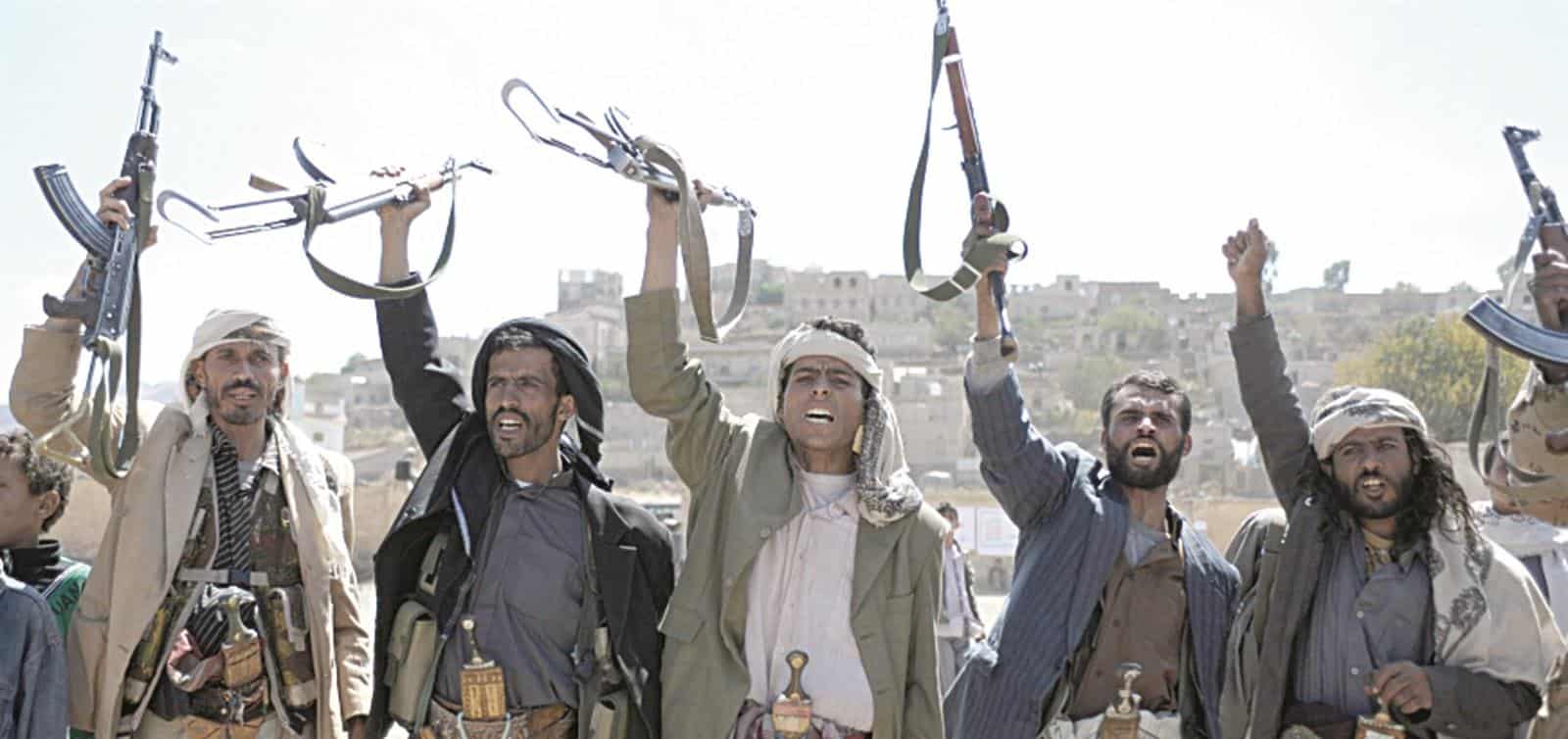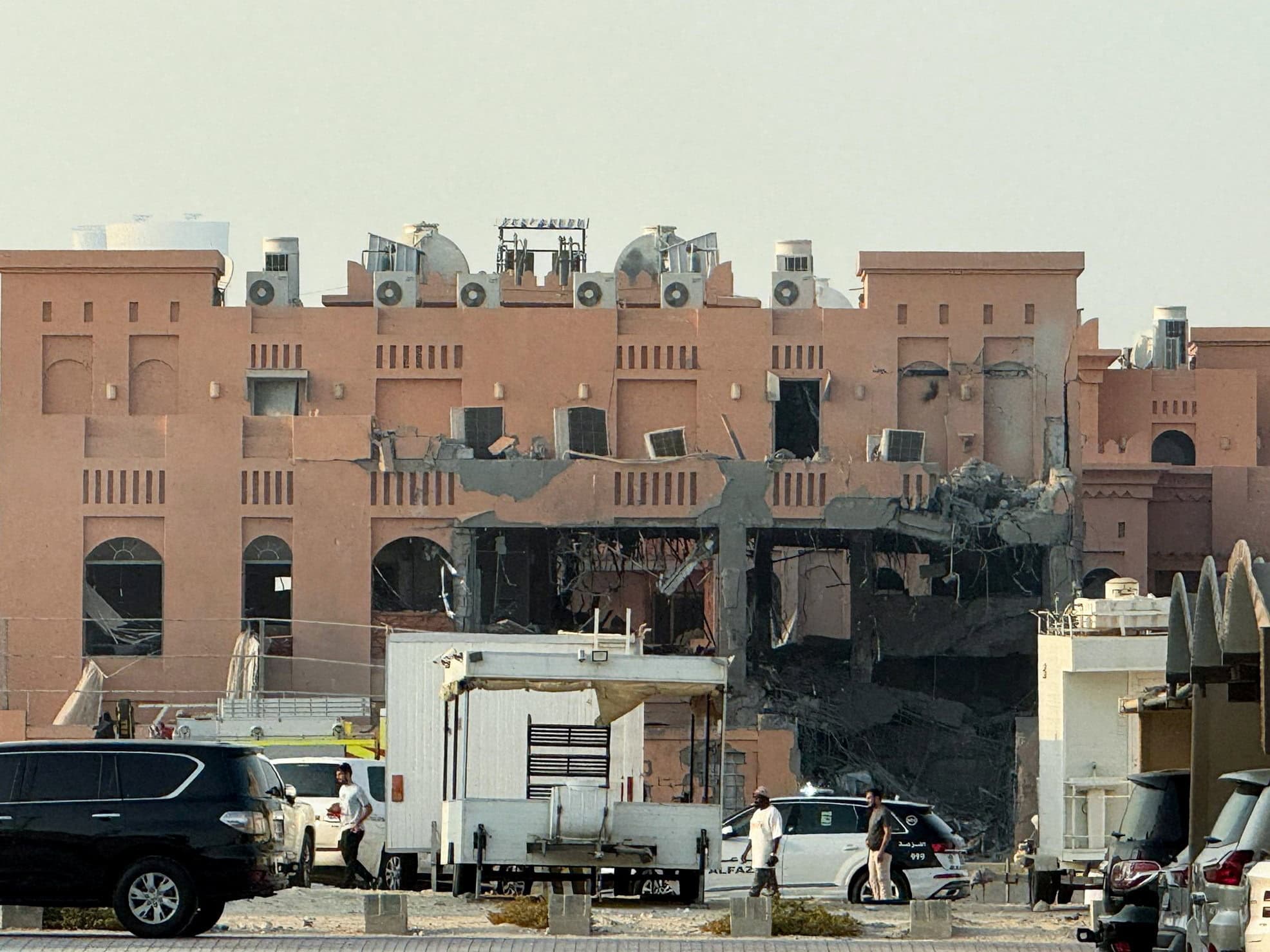
آخر تحديث في: 13-04-2023 الساعة 2 صباحاً بتوقيت عدن
By: Brian M. Perkins| James town
The oil-rich governorate of Marib has increasingly become the focal point of the war in Yemen as the Houthis’ determination to take control of the strategic governorate has intensified over the past several months. Marib is the last remaining stronghold in the north for Yemen’s internationally recognized government and is a key strategic territory not only due to its oil fields, but also because it could set the stage for the Houthis to eventually move into key southern governorates, where fractures between the Southern Transitional Council (STC) and pro-government forces show no signs of abating.
A Houthi success in Marib would mark a critical tipping point in the war and a major defeat for the government and Saudi coalition, leaving them essentially hemmed in by the Houthis on one side and the Southern Transitional Council on the other. In such a scenario, the Saudi coalition and the Yemeni government would be left with few options other than negotiating from a position of considerable weakness or dragging the losing fight on for far longer than the coalition likely has the will for.
The Houthis’ military offensive in Marib has coincided with other critical developments that have undermined the Yemeni government and Saudi Arabia’s ability to control any outcomes in Yemen. Among the most critical developments, which also has serious implications for the battle for Marib, was the Southern Transitional Council’s withdrawal from the troubled Riyadh Agreement—the Saudi-sponsored power-sharing deal meant to deescalate fighting between the STC and pro-government forces, most critically forces affiliated with Islah.
Beyond air superiority, the Saudi coalition and Yemeni government have few advantages in their fight against the Houthis in Marib. Persistent turmoil and uncertainty has plagued the pro-government ranks, which is largely an incoherent, cobbled together fighting force from different regions and governorates and with disparate political motivations, hindering the government’s ability to dictate strategic and operational priorities. Higher levels within the coalition have also experienced continued tumult, as evidenced by King Salman’s sacking of coalition forces commander, Prince Fahd Bin Turki.
The pro-government coalition’s limitations only magnify the fact that the battle for Marib will, in all likelihood, be won or lost not through sheer military force, but through either the Houthi or the government’s ability to gain support, or acquiescence, from the governorate’s key tribes, particularly the powerful Murad tribe.
"Preventing the STC from gaining additional ground has left pro-government forces less flexible for more than a year while the government’s legitimacy was further eroded"
The Saudi coalition has steadily poured money into the governorate and, early on in the war, the tribes of Marib put up a stiff resistance to the Houthi’s incursions. That same resistance, however, is not guaranteed in perpetuity and history has shown that the tribes of Marib have deftly shifted their alliances to ensure their survival or for their own enrichment. The battle for tribal loyalty is already well underway, with the Yemeni government claiming tribal fighters are being integrated into its forces and the Houthis claiming that countless tribesmen have defected and are now fighting the government. From this perspective, the duration and intensity of the conflict in Marib will also play a significant role in which direction tribal support swings, with tribal support likely to swing toward the seeming victor in a more drawn-out fight.
Another key challenge beyond the Houthis superior maneuverability and the issue of galvanizing tribal support in Marib is the government’s hesitance to redeploy forces from critical, resource-rich southern locations—notably Bayhan and Ataq in Shabwa and Sayoun in Hadramawt—for fear the STC will exploit the situation to make gains that would further erode the government’s power. In addition to Marib, these southern locations represent the government’s primary power bases as well as nearly all of the country’s oil production. These areas have intermittently seen fierce fighting between STC forces and the government since August 2019, and the STC considers them essential to their aim of being the preeminent southern authority.
With the Houthis marching on Marib and the STC withdrawing from the Riyadh agreement, the Yemeni government and Saudi coalition is facing one of its greatest dilemmas since the war began. Preventing the STC from gaining additional ground has left pro-government forces less flexible for more than a year while the government’s legitimacy was further eroded. The prospect of losing critical economic assets in southern governorates to STC control will prevent those pro-government forces from being used to shore up the frontlines in Marib.

قبل 3 أشهر

قبل 3 أشهر